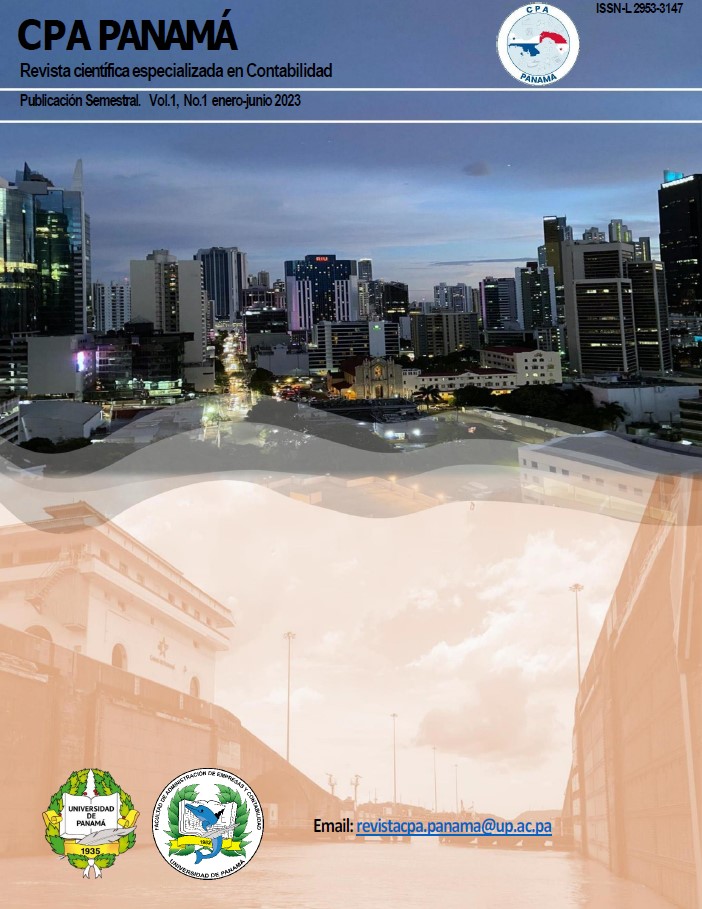


This work is licensed under a Creative Commons Attribution-NonCommercial-ShareAlike 4.0 International License.
The study aims to describe the dimensions of environmental behavior and how they are linked to the assets and liabilities of the organization. This is based on the population demographic variable, technological advances, and the environment in which it is developed. With technological advances, great benefits for human beings are accessed. The technological innovations in information and communication give rise to the impulse of economic development to bring humanity to the thresholds of artificial intelligence. All these advances have, as a scenario, the environment, a natural supplier that provides the inputs of anthropogenic activities that affect it and give rise to climate change. Condition converted into a financial risk factor since the interested groups increase the consumption of environmentally friendly products. Recognizing adverse effects on the environment is the path to environmental integrity at all levels of the organization; From top to bottom and from top to top allows environmental policies to civilize ecological assets and liabilities involved in the prevention and correction of negative externalities. Therefore, through the conceptual framework of accounting, qualitative and quantitative criteria are established for protecting the environment and accountability to the interested groups for how the organization protects its environment.